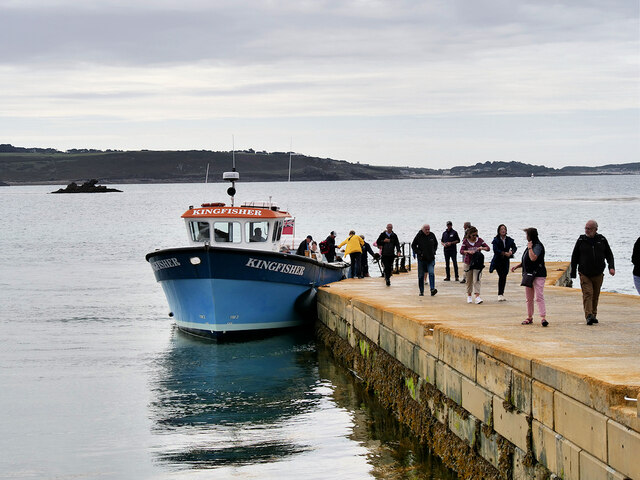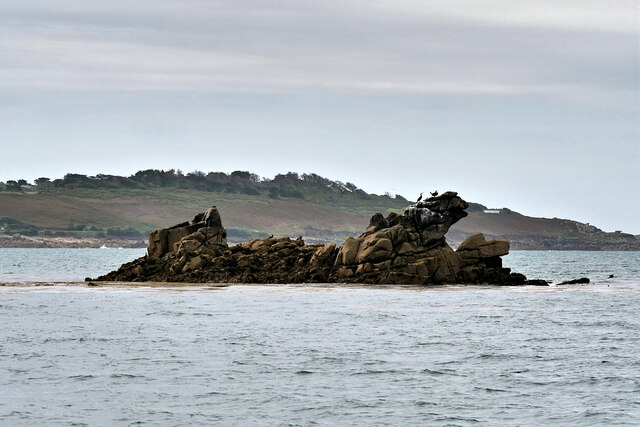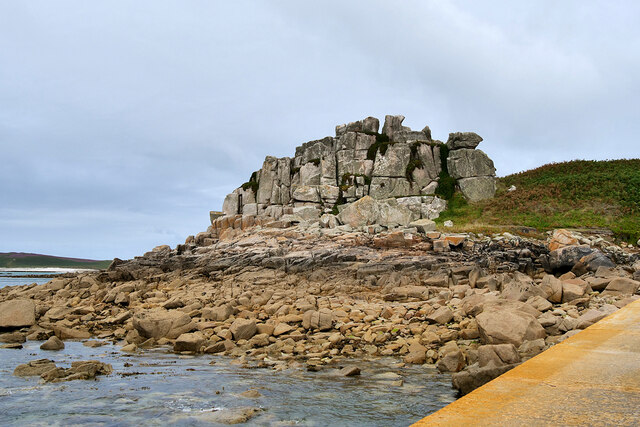Paddy's Island
Wood, Forest in Cornwall
England
Paddy's Island

Paddy's Island, located in Cornwall, England, is a charming wooded area that offers a serene escape from the hustle and bustle of everyday life. Situated in the southwestern part of the county, this small island is surrounded by the picturesque River Fowey, providing a tranquil setting for nature enthusiasts and explorers alike.
Covered in lush greenery and dense woodlands, Paddy's Island is known for its breathtaking forests. The island is home to a diverse range of tree species, including oak, beech, and ash, which create an enchanting canopy overhead. This abundance of trees not only adds to the beauty of the island but also provides a habitat for a variety of wildlife, including birds, squirrels, and deer.
A network of winding footpaths and trails crisscrosses the island, allowing visitors to immerse themselves in its natural beauty. As they venture deeper into the woods, explorers can discover hidden groves, babbling brooks, and even remnants of ancient stone structures, adding an air of mystery and history to the island.
Paddy's Island is also a popular spot for outdoor activities such as hiking, picnicking, and birdwatching. The tranquil ambiance and beautiful scenery make it an ideal location for a peaceful escape or a family outing. Additionally, the island is easily accessible by boat, with a small dock available for visitors to moor their vessels.
In summary, Paddy's Island in Cornwall is a captivating woodland paradise that offers a peaceful retreat for nature lovers. Its dense forests, winding trails, and abundant wildlife make it a must-visit destination for those seeking a connection with nature in this idyllic corner of England.
If you have any feedback on the listing, please let us know in the comments section below.
Paddy's Island Images
Images are sourced within 2km of 49.94703/-6.3271478 or Grid Reference SV8914. Thanks to Geograph Open Source API. All images are credited.













Paddy's Island is located at Grid Ref: SV8914 (Lat: 49.94703, Lng: -6.3271478)
Division: Isles of Scilly
Unitary Authority: Isles of Scilly
Police Authority: Devon and Cornwall
What 3 Words
///amplifier.bluff.sugar. Near Tresco, Isles of Scilly
Nearby Locations
Related Wikis
Tresco Priory
Tresco Priory is a former monastic settlement on Tresco, Isles of Scilly founded in 946 AD. It was re-founded as the Priory of St Nicholas by monks from...
Tresco Heliport
Tresco Heliport (ICAO: EGHT) is a heliport located on the island of Tresco, in the Isles of Scilly off the southwest coast of England, UK. The heliport...
Tresco Abbey Gardens
Tresco Abbey Gardens are located on the island of Tresco in the Isles of Scilly, United Kingdom. The 17 acre gardens were established by the nineteenth...
Oliver's Battery, Tresco
Oliver's Battery is a ruined artillery battery on the island of Tresco in the Isles of Scilly off of Cornwall, England. It was built by the Parliamentarian...
Nearby Amenities
Located within 500m of 49.94703,-6.3271478Have you been to Paddy's Island?
Leave your review of Paddy's Island below (or comments, questions and feedback).






